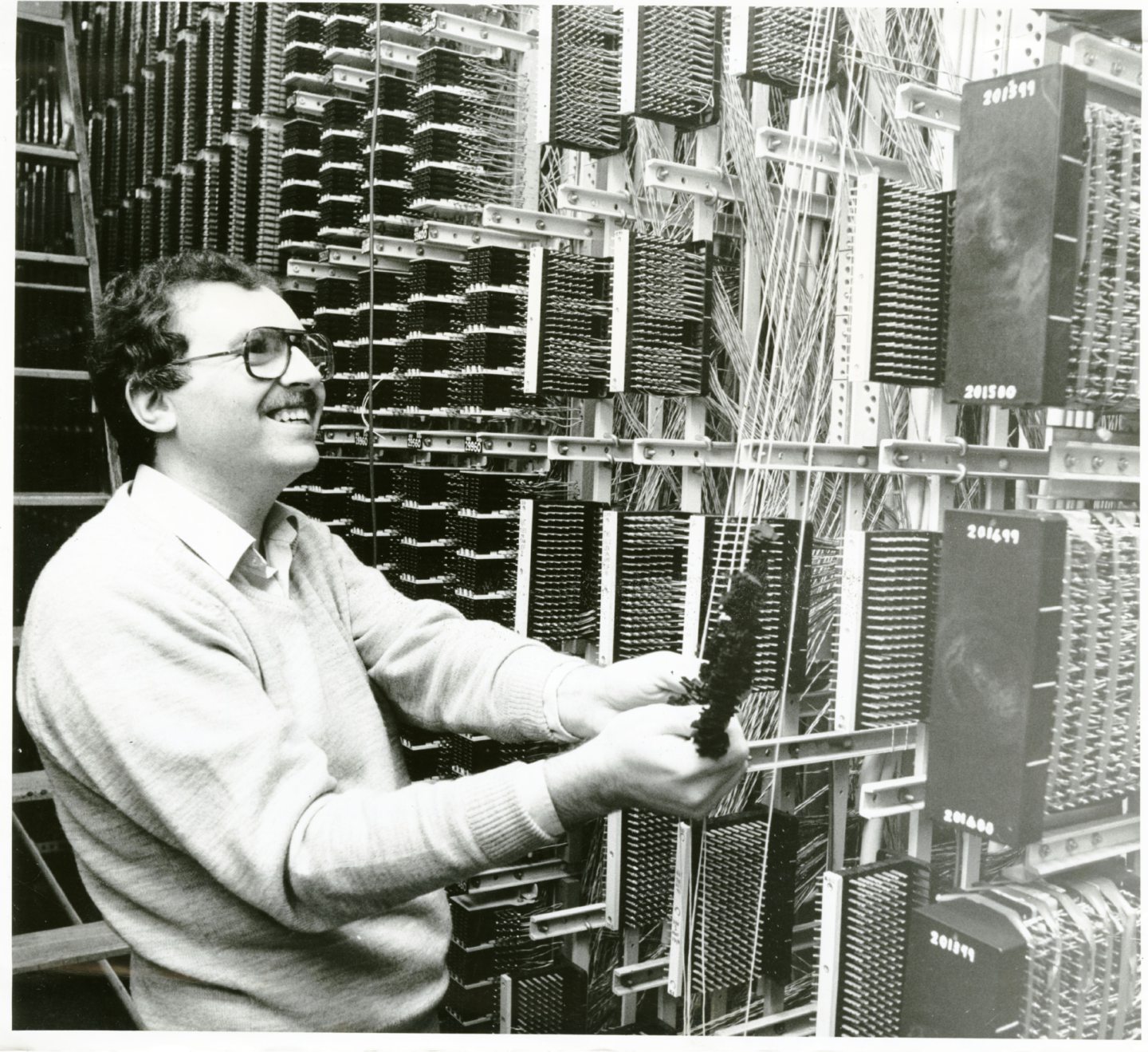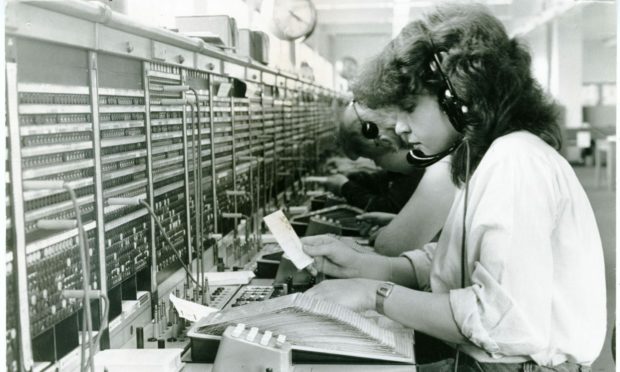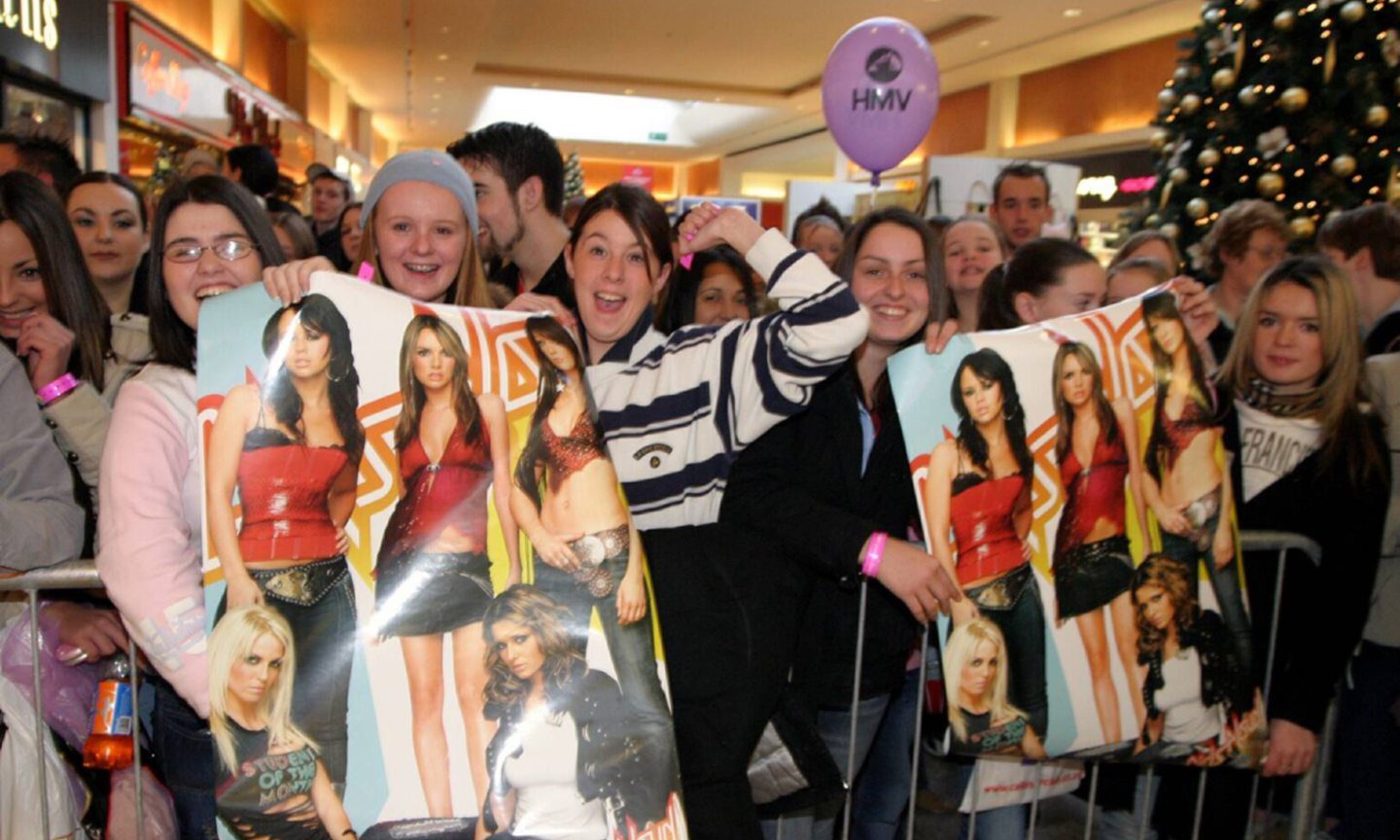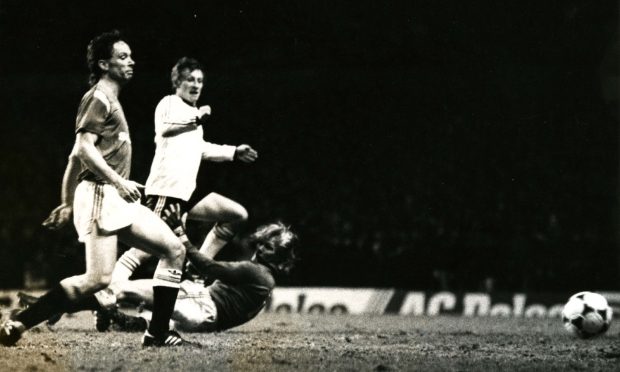Nowadays you wouldn’t dream of not being able to pick up your mobile phone and contact whoever you needed with just a few taps.
However life never used to be that simple and a quick natter with your pal was down to switchboard operators and a trusty landline – if you were lucky enough to afford one.
Today we take a look at how Dundonians were kept connected throughout the 60s, 70s and 80s.
In 1876 the first phone call was demonstrated by Scotsman Alexander Graham Bell when he called his assistant, Thomas Watson, and said: “Mr Watson come here I want to see you.”
Bell himself would demonstrate the telephone for the first time in Britain in 1878 as he made calls from Osborne House on the Isle of Wight with Queen Victoria present.
Just a year later, Scotland saw the first manual telephone exchange open in Glasgow.
Who runs the phones? Girls
Inside the telephone exchanges were the switchboard operators who would receive each and every call. If the required contact number was on their board they would easily connect the caller using jack plugs. And if not – they were simply passed on to the next exchange office.
Here a switchboard operator working in Dundee can be seen in front of the boards which she would use to connect callers in January 1962.
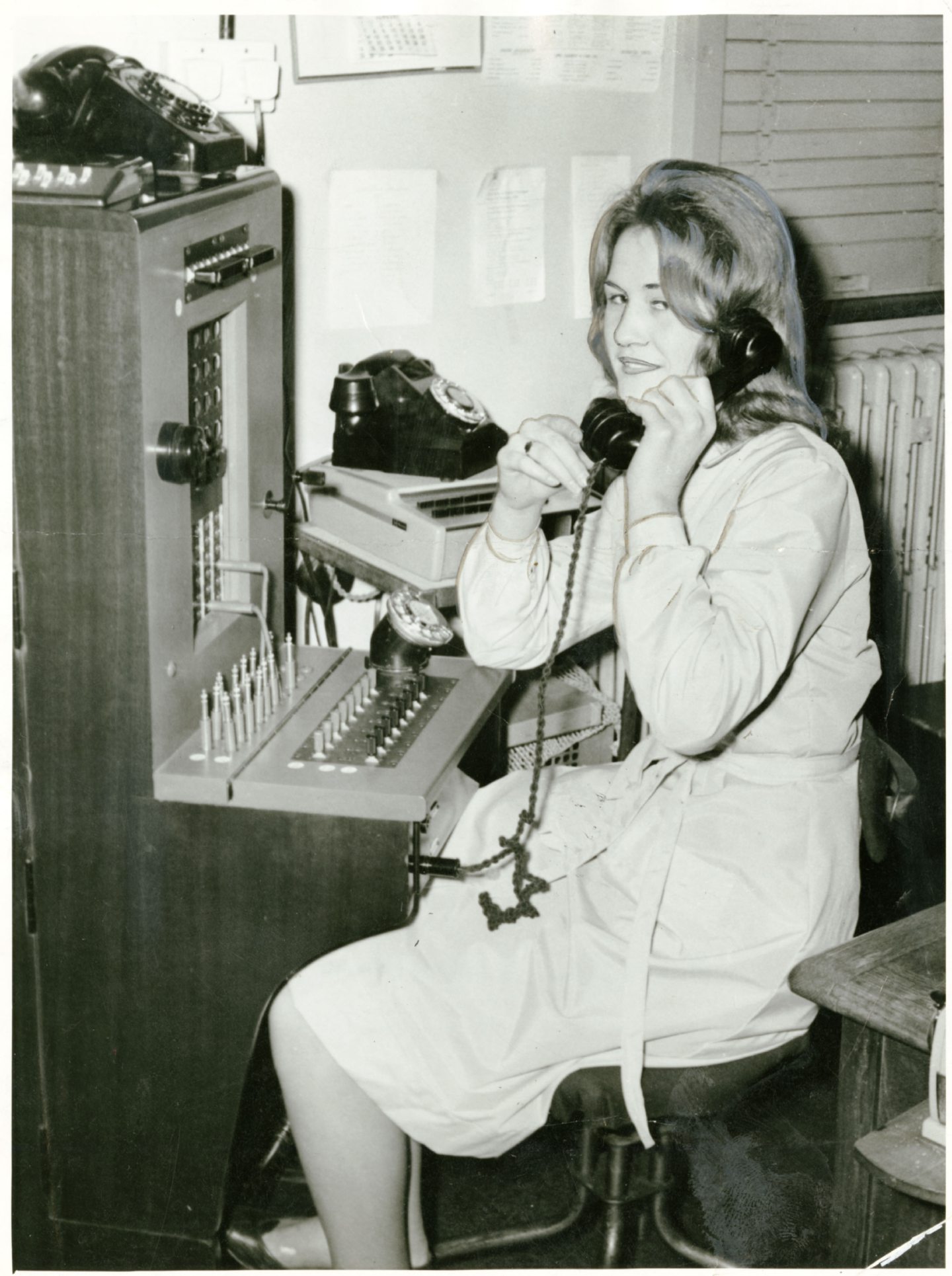
Two of the telephone operators at Dundee’s City Chambers can be seen hard at work in September 1962. The hands-free headphones look like a fantastic modern addition for the workers.
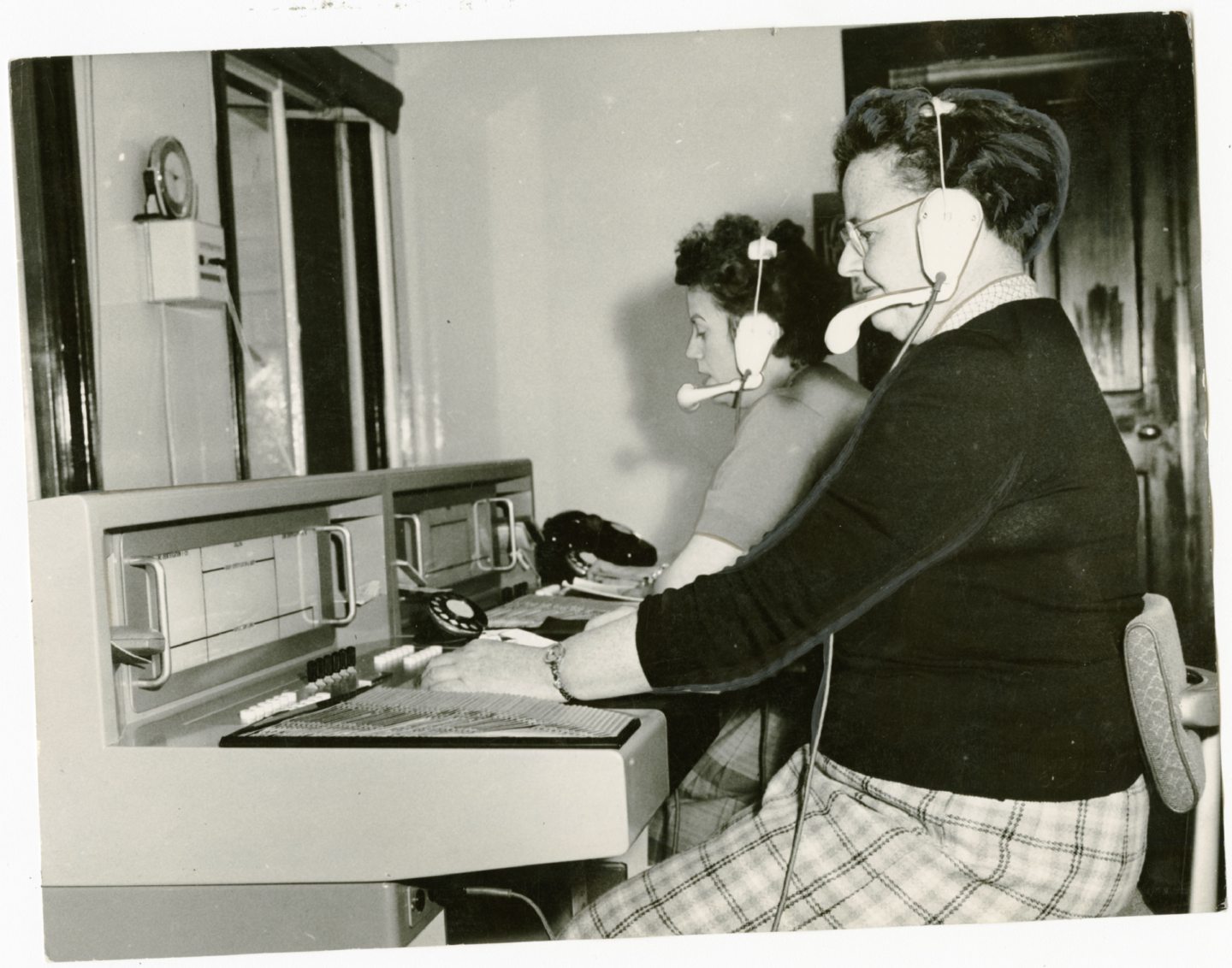
Initially, on both sides of the Atlantic, it was a man’s role. However, the job of telephone operator was soon taken over by women who were seen as more reliable than their male counterparts.
The men were deemed too rude – with reports of swearing and pranks rankling those in charge. Callers were said to prefer female operators and the fact they were cheaper to hire led to a complete shift in staffing.
Switchboard operator Helen was just one of many woman who were working on the boards in Dundee in June 1965.
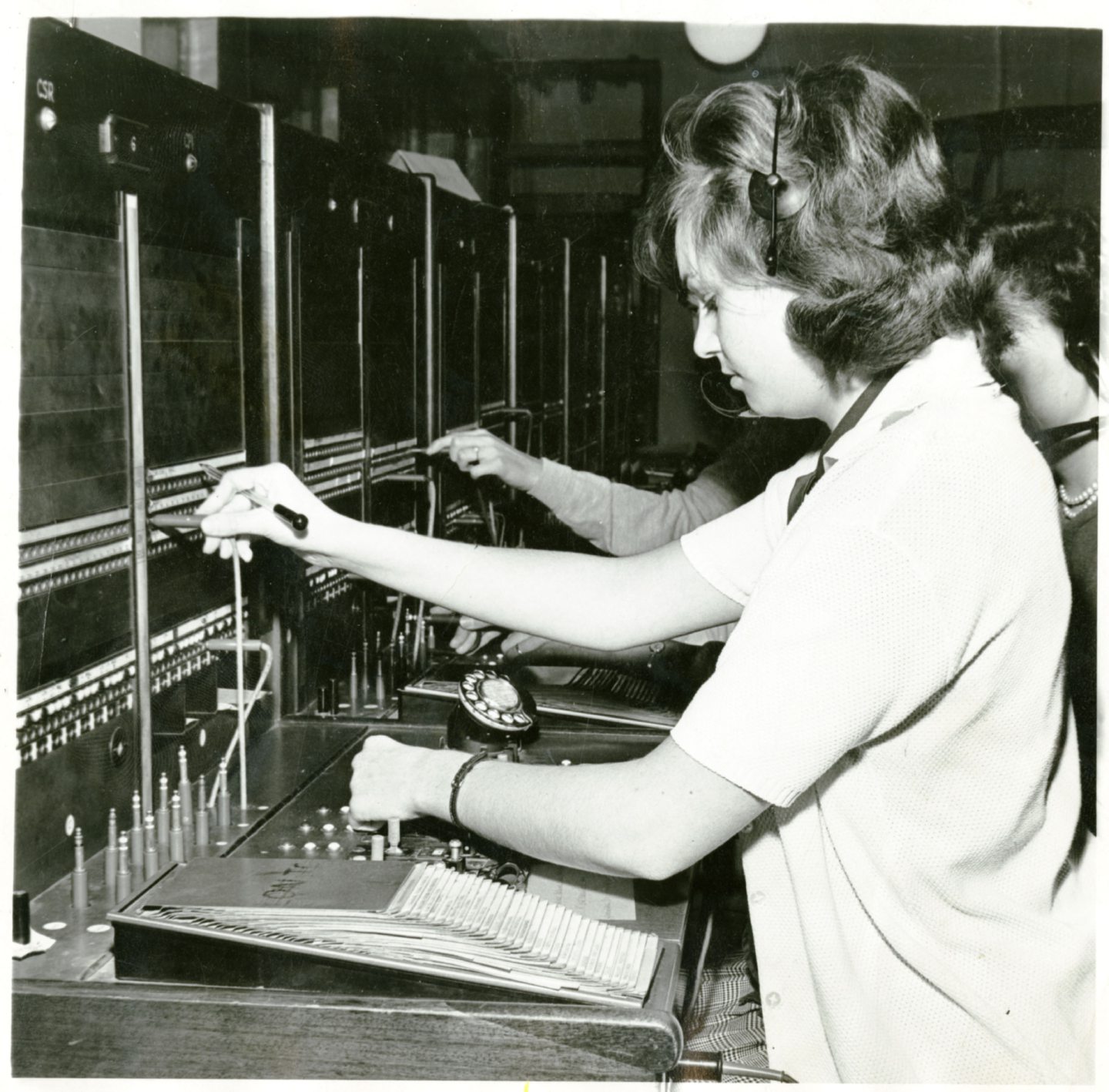
The new jobs allowed women to have a new found freedom and independence and the popular role was even made into a 90s British sitcom, The Hello Girls. The show was centred around operators in Derby in the late 50s and early 60s.
Dundee’s phone girls can be seen in a line keeping Dundonians connected in April 1976.
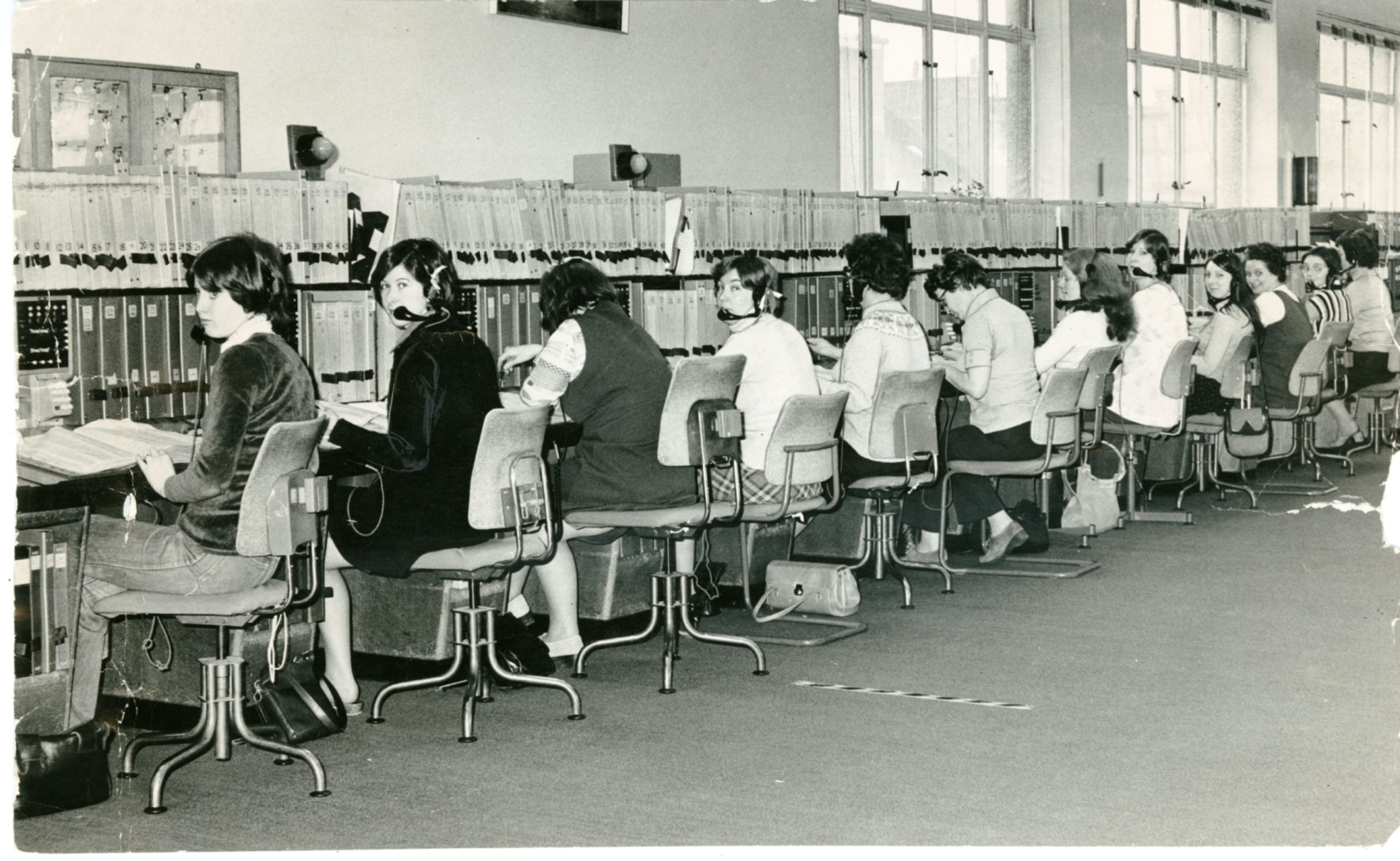
Alison Douglas, a switchboard operator with the GPO, is seen in their Willison Street offices with the new system used for direct inquiries in February 1981.
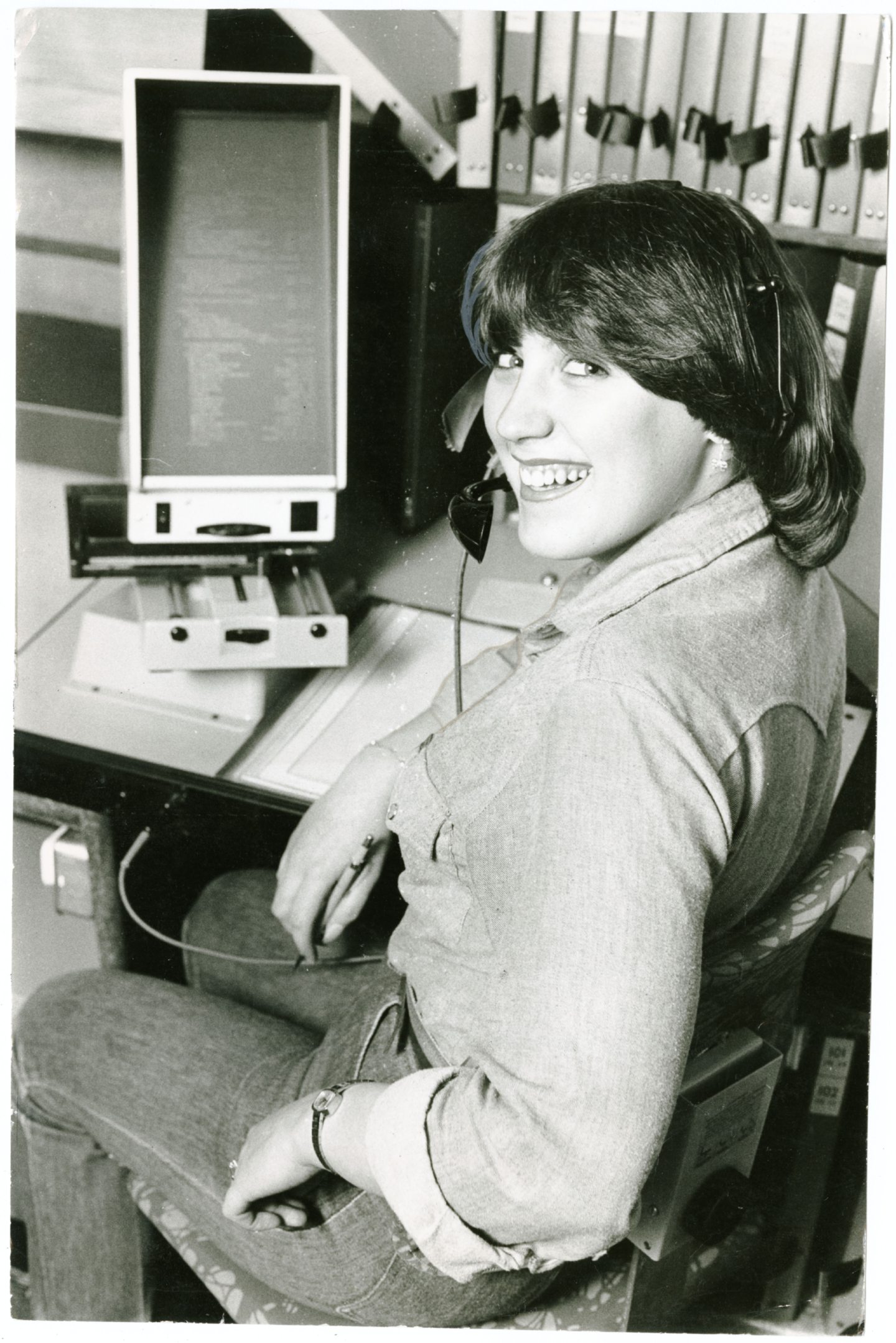
It wasn’t just the operators who had a female touch though. Here a linewoman is proving that nothing is just a man’s role as she scales a telephone pole in the city to make a repair in May 1980.
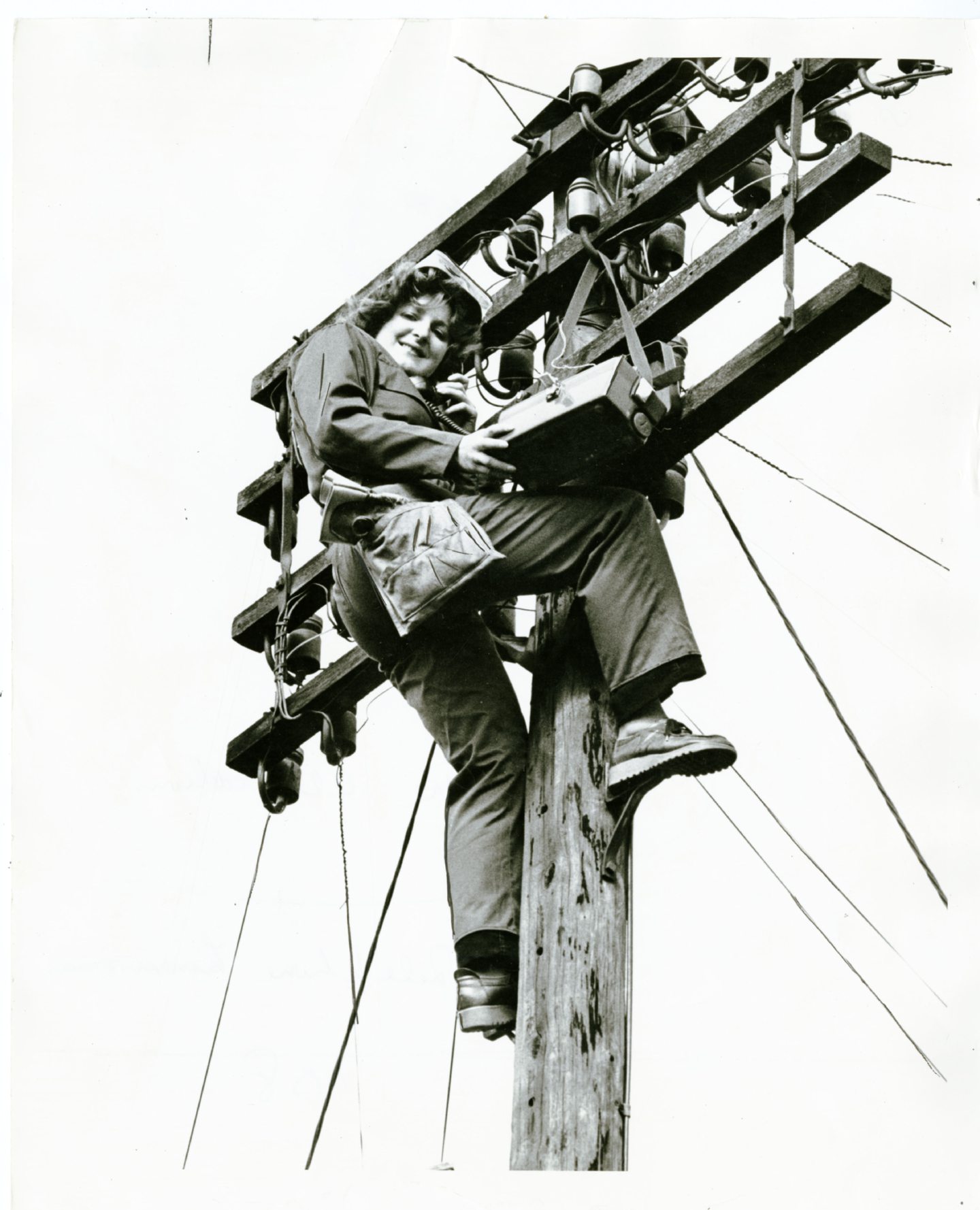
New technologies
A lot has changed in technology over the past 60 years and it is evident the leaps and bounds that has been made in communication with everyone now having a phone in their pocket – which can do a lot more than just make a call.
Cars have also been upgraded greatly with hands-free options. However the latest technology in 1978 was the Grampian Radio Mobile Phone service, pictured below, which enabled people to make telephone calls from their car, of course, using a handset.
A F Dollman, general manager of Dundee Telephone, and G Thomson, president of Dundee Chamber of Commerce, try out the new car phone in November 1978.
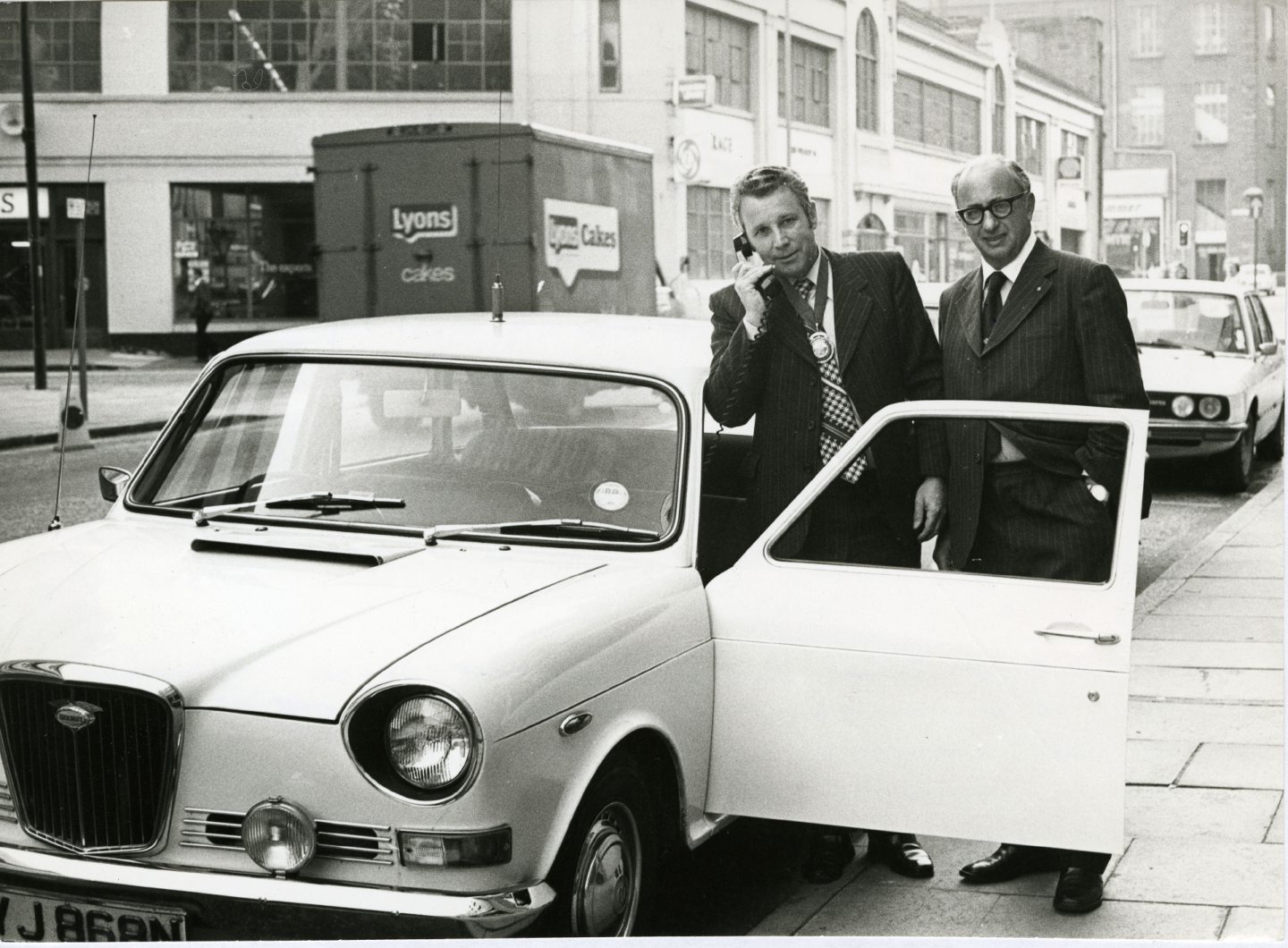
BT clerical assistant Shelagh Moonie poses inside a brand new payphone which was installed on the Murraygate in May 1982.
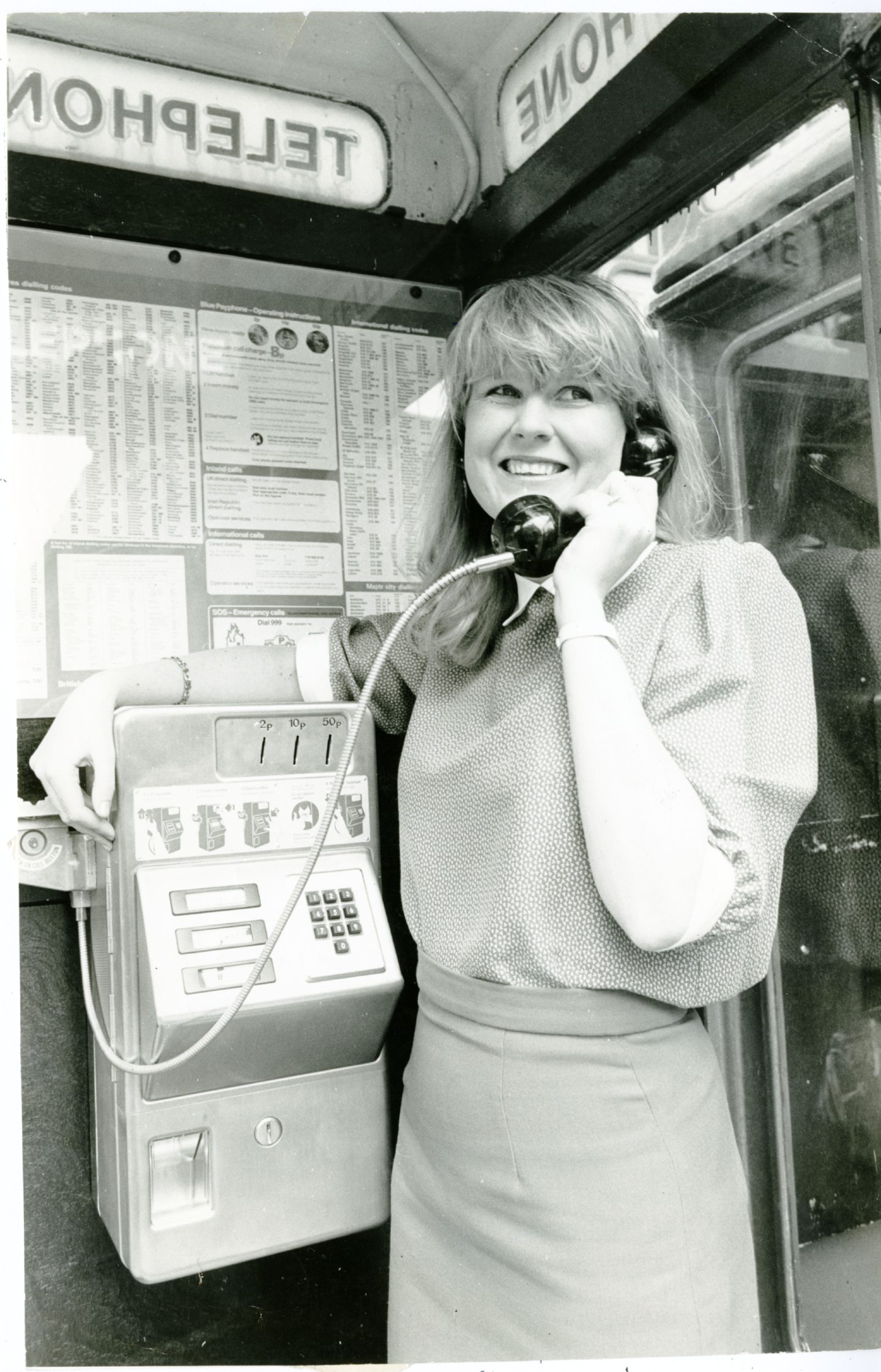
By the 1980s gone were the days that telephone operators had to use large devices with a number of wires and jacks hanging out. Instead the process was much more compact.
Here British Telecom employee Kay Parson shows off one of the latest call connect systems – the Regent Model in July 1984. 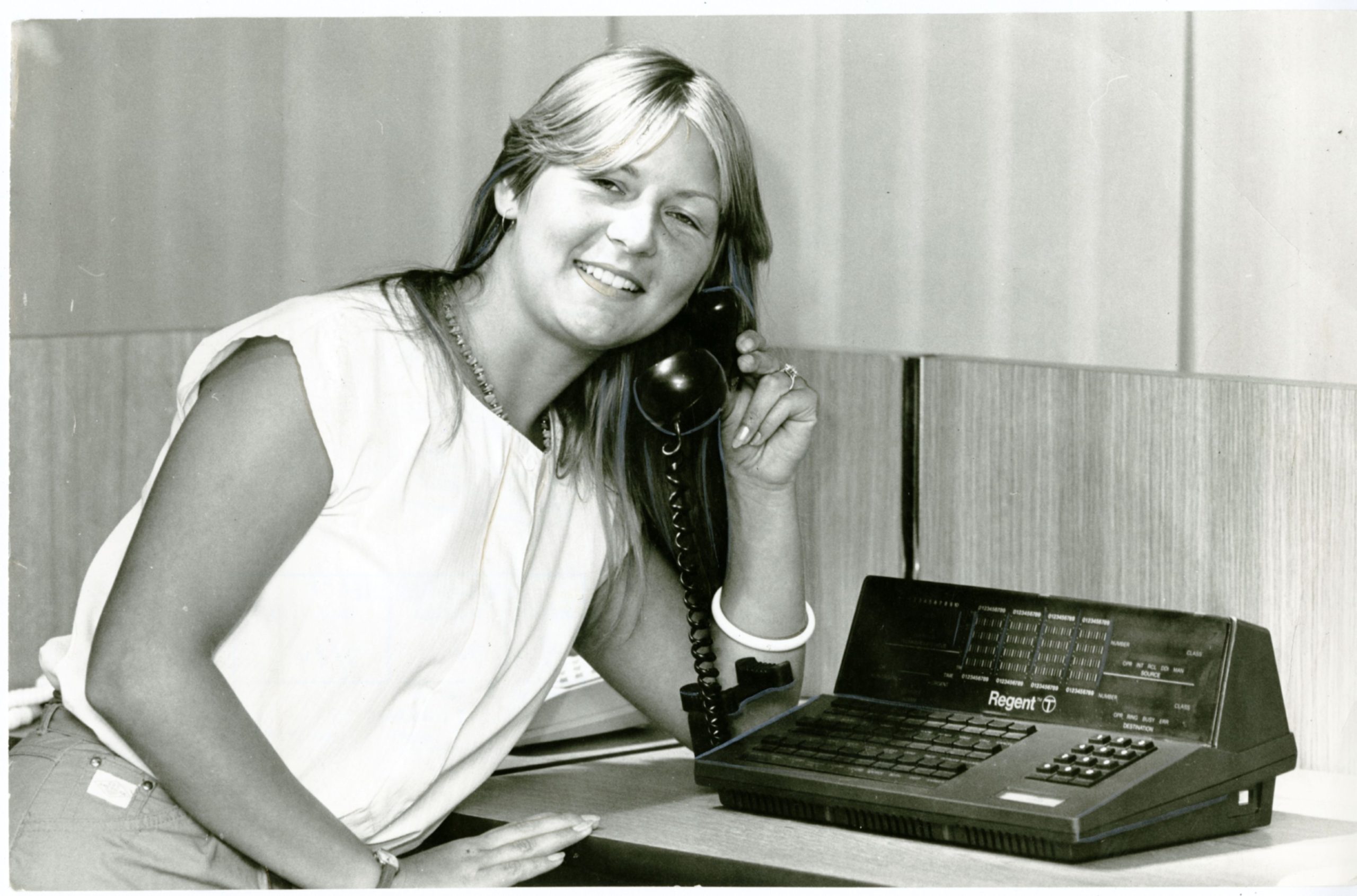
Anne Goodman from Carnoustie poses alongside the then new style telephone which replaced the dial-type in May 1986.
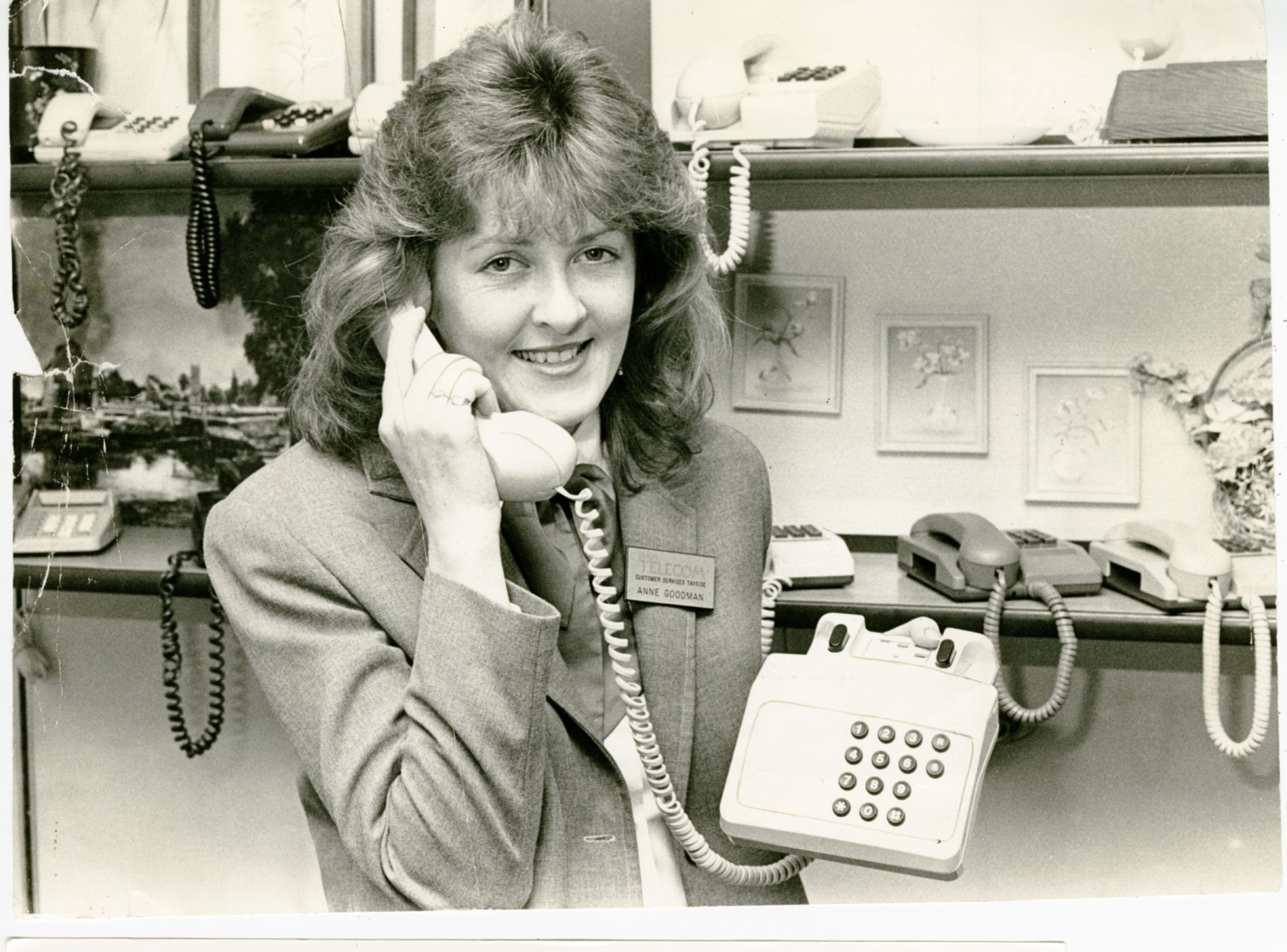
In September 1968, the Post Office opened the world’s first all-digital telephone exchange, Empress, in west London.
End of an era for telephone operators
By the 70s and 80s the need for telephone operators was non-existent and the process of making a phone call went automatic.
At a cost of £1,250,000 BT added the new BT Automatic Radiotelephone Exchange to the Willison Street offices in March 1986.
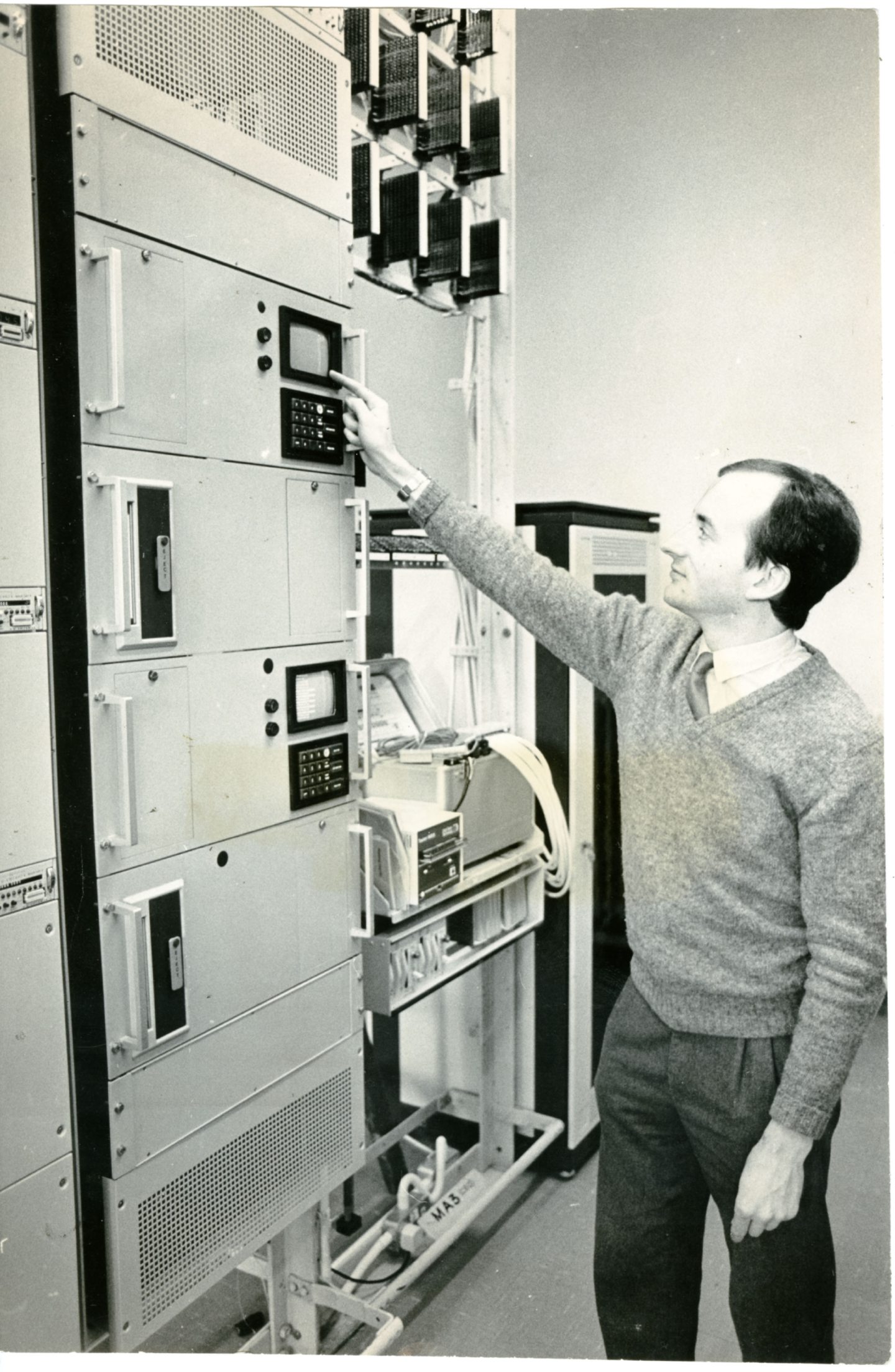
And while there was no need for telephone operators there was of course still the need for engineers to ensure the city stayed in contact. Here engineer Bob Ness transfers Dundee Steeple Exchange to System X in June 1987.
